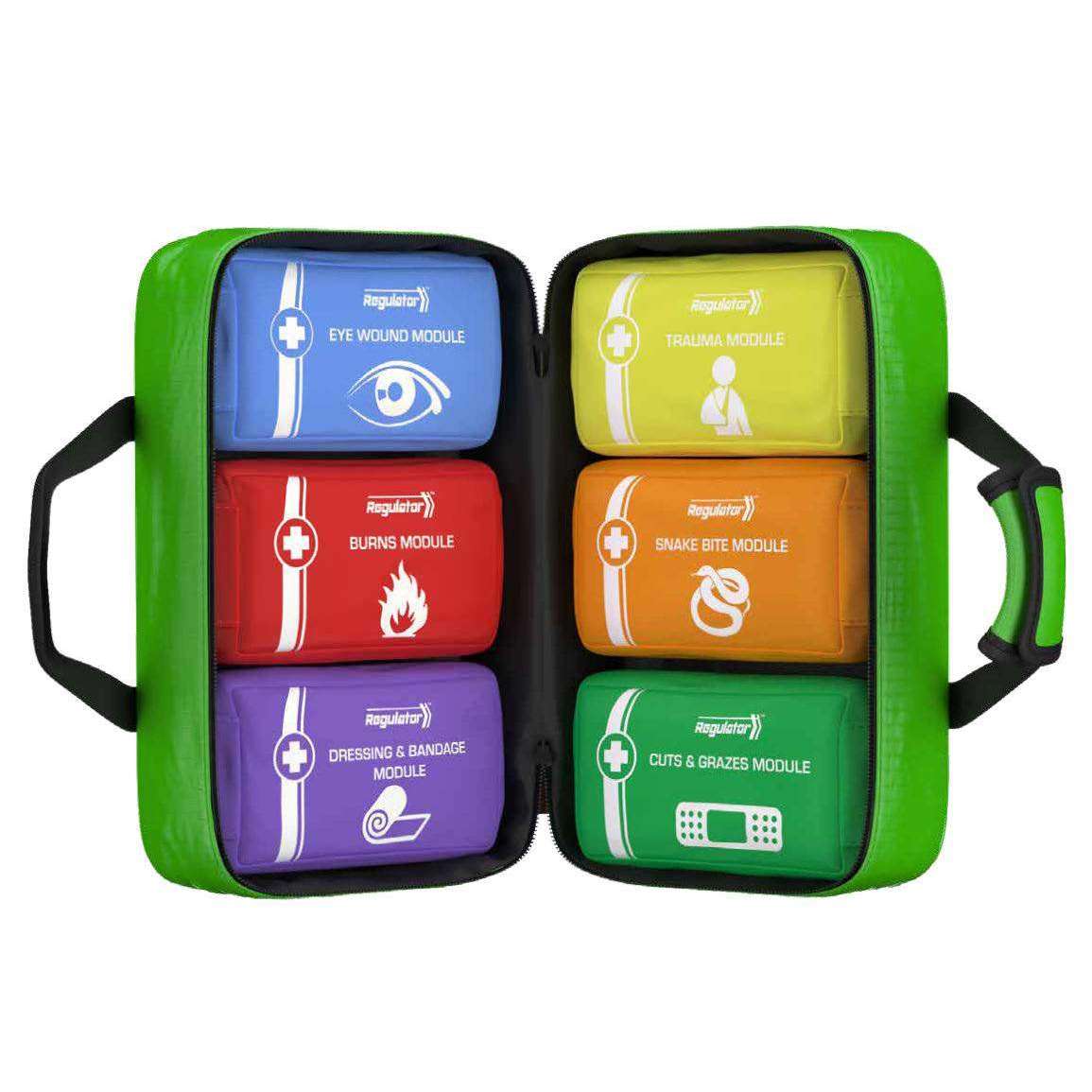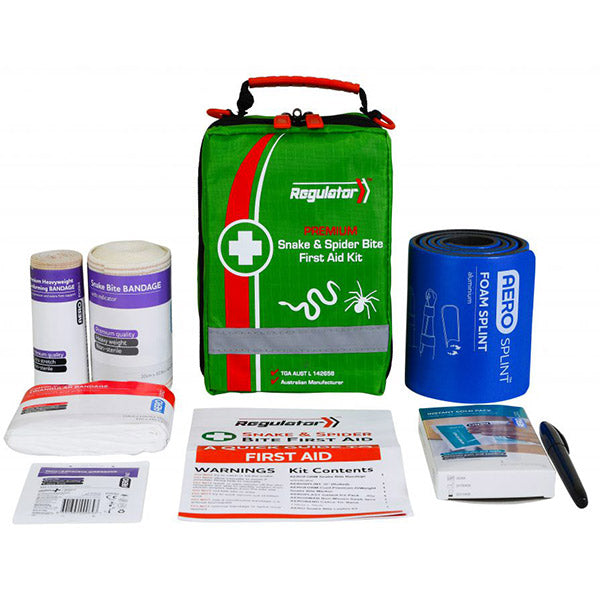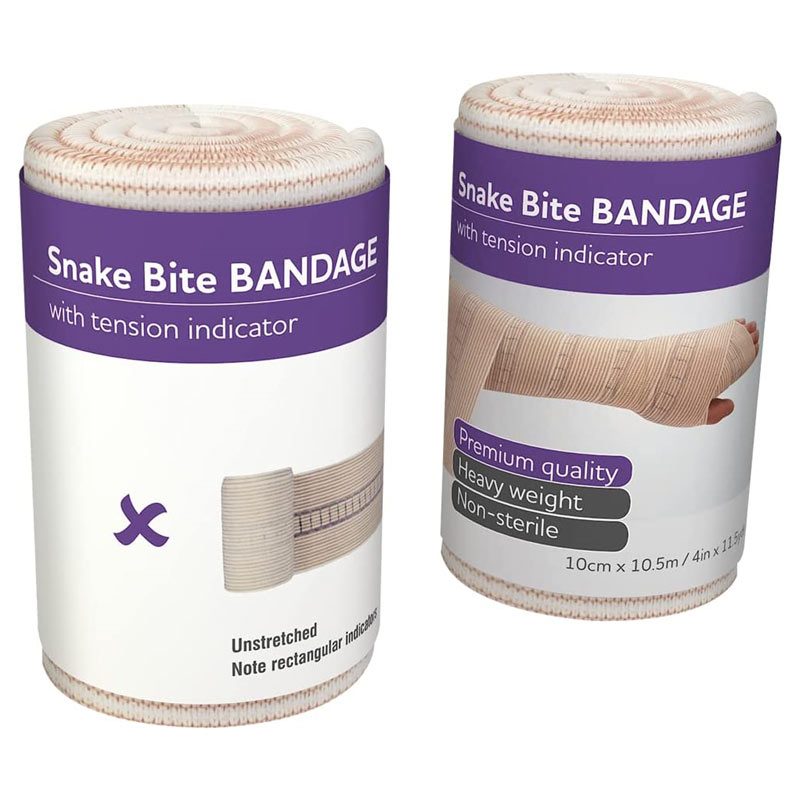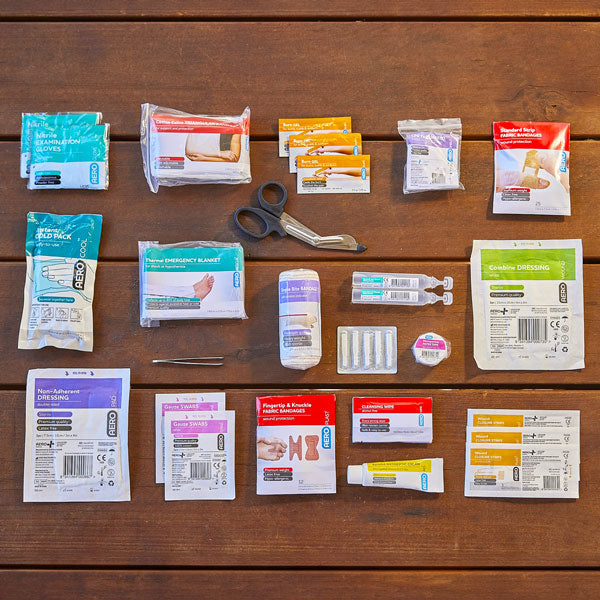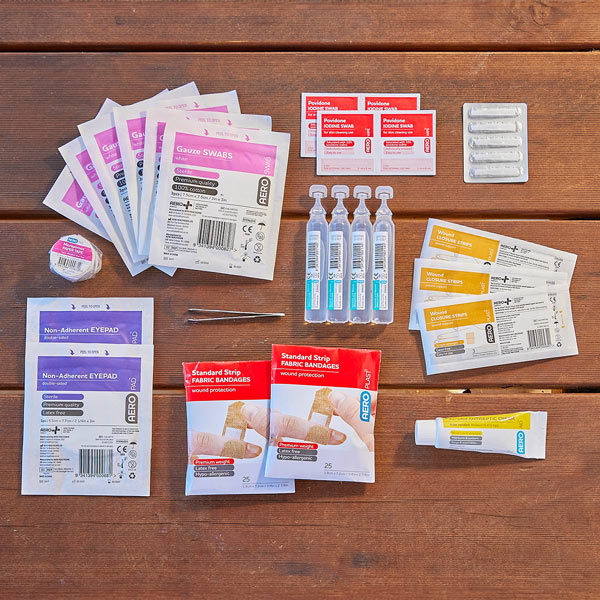Getting bitten by a snake is a terrifying and unquestionably painful experience, but it does not have to be a death sentence. How you react after you’ve been bitten is the difference between life and death
Only a couple of people die every year from snake bites in Australia which is down quite a bit from the 13 that it was back in the early days of the 20th Century. This is in large part due to advancements in medical science, as well as more widespread information and easier transport.
But in spite of this, it is important to take a snake bite seriously. There are so many different kinds of snakes out there and it’s difficult to know which ones are dangerous and which aren’t. Some of them have venom which will get to work on you really quickly.
And depending on where you are, you might be further away from a facility that can help you which means the need for fast action is greater. If you deal with the bite as quickly as possible, your chances of survival are probably 100%, but you can’t take any chances.
Don’t let the promising statistics fool you, the bite is still dangerous and it’s down to you and your response how things turn out. So here’s what you need to do if you get bitten by a snake:
Contact Emergency Services
This step and the next step that we’ll be discussing are of equal importance and if possible you should probably try to do them concurrently. If the snake that bites you is venomous, then you’ll be needing an antivenom.
It will depend on where you are in relation to the nearest medical facility but if you contact emergency services they can instruct you on how to proceed. In all likelihood an ambulance will be sent your way with the antivenom in tow.
There are some cases of antivenom being ineffective but they are very rare and overall the likelihood of your survival is increased dramatically if you are administered the correct antivenom for the specific type of snake.
When you’re in contact with the emergency services, make sure you have all of the information that you need. Tell them where you are, where on your body you’ve been bitten, how you feel and describe the snake’s appearance.
This should help them to know what kind of snake it was so they can have the right antivenom ready for you. And follow any instructions that they give you.
Put Distance Between You and the Snake
Like I said, this is equally important to the first step. If a snake has bitten you, it’s probably because they feel threatened. This might not necessarily be your fault, many people get bitten before they even realize there’s a snake nearby.
But the fact is that snakes don’t really want anything to do with humans and will only bite if they think that we’re a danger to them. So you need to remove yourself as a threat or else they will likely bite again.
Put distance between you and the snake, don’t try to kill it because that just increases your chances of another bite, just move away and the snake will more than likely move in the other direction once it’s clear you are no longer a threat.
And once you are a safe distance away:
Stay Still & Stay Calm
Snake venom is very efficient. Snakes are such effective killers because their venom is fast acting and it pumps its way through the bloodstream of its victims to shut down the nervous system and disrupt blood coagulation.
Your aim should be to slow it down until you can get the antivenom administered and the best way to do that is to remain calm. Find a place to sit and then exercise some deep breathing to bring down your heart rate.
The higher your heart rate, the faster your blood is pumping and the faster neurotoxins in the snake venom are getting through your bloodstream and towards your brain. It won’t be easy to stay calm, especially with the knowledge that your survival depends on it, but you must do it.
Keep breathing, keep in mind the fact that help is on the way and you’ll have the venom neutralized very soon and think positively. You can slow the spread right down if you can get control of your nerves.
Snake venom is often made of large toxic molecules that cannot directly enter the bloodstream. Instead, they are dispersed by the lymphatic vessels that run parallel to blood vessels and enter the bloodstream through veins near the heart.
It's a myth that snake venom gets straight into your blood stream after a bite. Instead, it moves through your lymphatic system. Lymph is a fluid in your body that contains white blood cells.
Cover the Bite
It’s important that you leave the actual medical intervention to the professionals. You shouldn't try to suck the venom out or anything like that, you should just let the doctors work on you, but there are a couple of things you can do while you wait for medical assistance to arrive.

Don’t wash, suck, cut or tourniquet the bite
There are a lot of old methods of treating snake bites that are now known to cause more harm than good.
Washing the snake bite site can wash off venom that the hospital staff may be able to use to identify the type of snake that bit you. You should also keep clothing from around the bite site, because additional movement can cause venom to more readily move into the blood stream.
Do not suck or cut the bite area. Do not apply a tourniquet to the limb – this can be dangerous.
Applying pressure to the wound will help to slow down the venom. If you’re going out into an area that is known for having venomous snakes around, you should bring along some specific bandages. Failing that If you’ve got a pad or even a piece of plastic like cling wrap, put it over the bite site to either soak up or protect the venom for later testing.
Apply a snake bite self tensioning indicator bandage as soon as you can.
Once the bandage is on, mark the bite site on the bandage with a pen or other substance that will leave a mark – if you’ve got nothing else on you, putting a little mud or dirt on the bandage will work. Then, splint the limb to keep it still. Any straight object will do – a stick, rolled up newspaper or even firmly rolled up clothes or tarps can all work. Fix the splint in place by securing it to the limb with bandages or other material.
If you’ve been bitten on your head, neck or torso, you don’t need to put on a pressure immobilisation bandage.
We have a bite kit which has some excellent bandages with built in tension indicators which will inform you when you have applied enough compression. It also contains a small splint. The Adventurer Rescue Swag also contains a snake bite kit module.
When you’re in Australia you are more at risk of this due to the higher number of venomous snakes, but it’s definitely not the only place where this can happen.
Africa and South America are also packed with venomous snakes and the United States has its share too. So be emergency prepared. One anti venom vial in the US can cost you USD 14 000!"
It’s unfortunate that that’s something you have to think about but that’s how it is in some places. The most important thing is that you act fast. Again, snakes are extremely dangerous but a bite is very survivable, especially in 2020. So don’t panic and don’t wait around.





